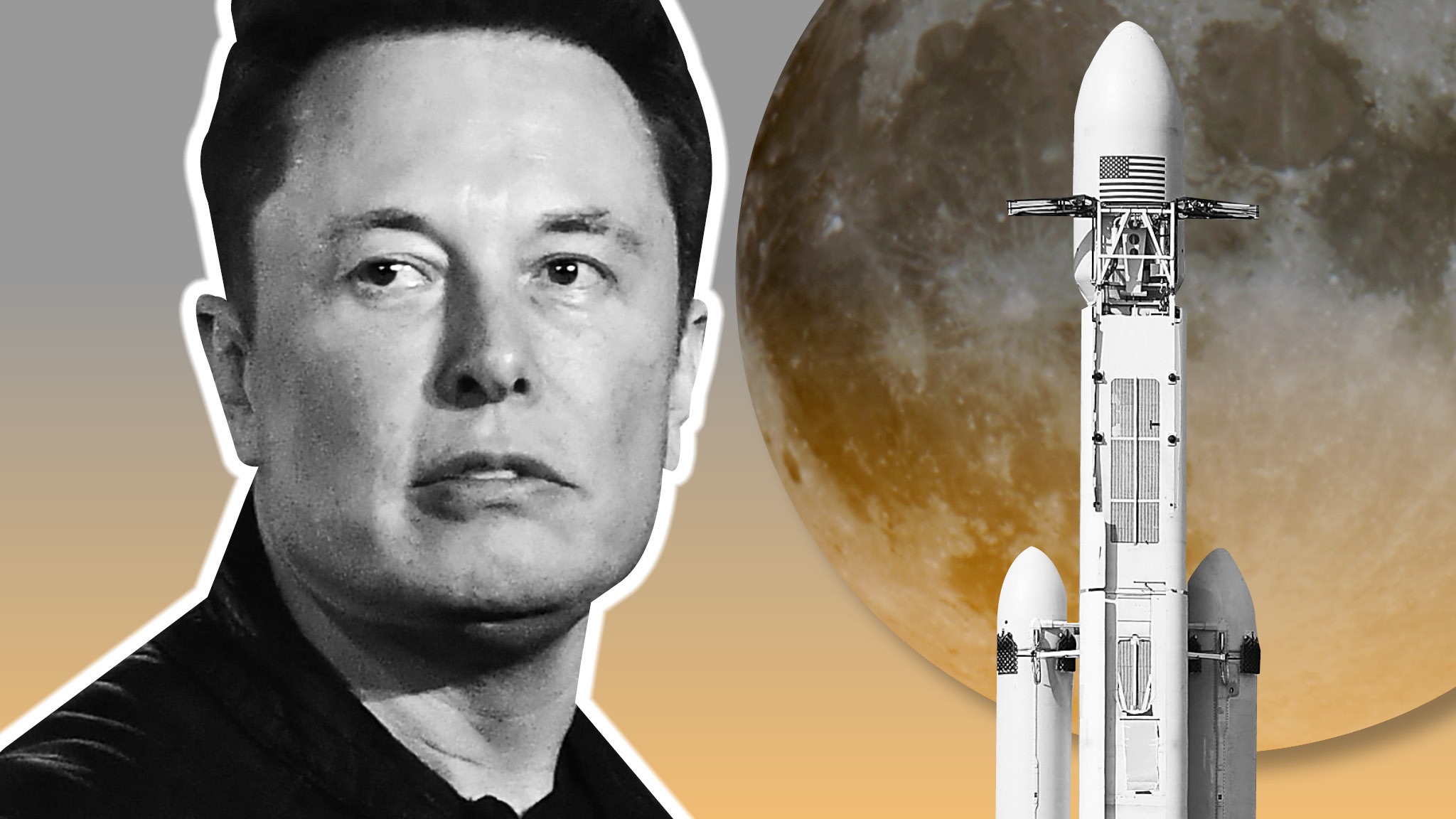Elon Musk, the CEO of Space Exploration Technologies Corporation (SpaceX), has provided further details regarding his organization’s intentions to carry out a much-anticipated test flight of its Starship launch vehicle platform. In its facility in Boca Chica, Texas, SpaceX is constructing the Starship, and the firm just completed one of the most significant static fire tests it has ever done on the rocket.
SpaceX will boost its rate of manufacture for what will be the biggest rocket when it launches, and Musk expects to fly Starship into orbit by early November at the latest. At that time, SpaceX will also have two prototypes available for testing.
Elon Musk Outlines Upgrades To Starship Boosters To Prevent Accidents
Musk revealed the information in a series of tweets he sent earlier today, stating that the Starship’s first attempt at an orbital flight would be in late October and that it may be postponed until early November. This is the same rocket that SpaceX tested earlier this week and is presently being used as the first stage of Starship.
his was the booster’s biggest test yet since seven Raptor 2 engines were successfully tested simultaneously, according to SpaceX. 33 of these engines are in Booster 7, and video taken at the test site thanks to keen observers showed that it went off without a hitch for a few seconds.
Musk has indicated that Rocket 7 will be the first booster to try an orbital mission after the test. SpaceX will continue to make improvements to Booster 7 after the test. These improvements are for “reliability” and will safeguard the engines in the event of an accident. The danger of losing all of these engines due to an accident on a single one is too great since they are the most expensive part of the rocket.
In his remarks on the booster enhancements, Elon Musk said:
Our main priorities are reliability enhancements for Booster 7 flight and finishing Booster 9, which has undergone significant design revisions, particularly for complete engine RUD isolation.
Rapid unscheduled disassembly is referred to as a RUD, and shielding for the engines was the first improvement made. Musk also acknowledged that since the modifications were not included in the rocket’s design, using Booster 7 for the first orbital flight test was a little dangerous.
As for the actual test, he mentioned that:
Maybe late next month, but November looks like a lock. By that time, we will have two ships and rockets ready for orbital flight, with full-stack manufacturing occurring around once every two months.
Following a rigorous testing program last year that witnessed the successful landing of Starship’s upper stage after a suborbital flight test, SpaceX has concentrated on creating the booster stage and new engines.
The business has had to make some modifications to its booster design over the course of this year. Still, it has been able to quickly recover from setbacks that initially caused the fuel pipe of the rocket to bend before an explosion occurred at the rocket’s base after an engine test.
Since Rocket 7’s original design did not take into account the alterations, it seems that the latter prompted the business to speed up durability enhancements on the boosters. It has been speculated for some time that this may be the booster that is fortunate enough to reach orbit.
Source: WCCFTECH

